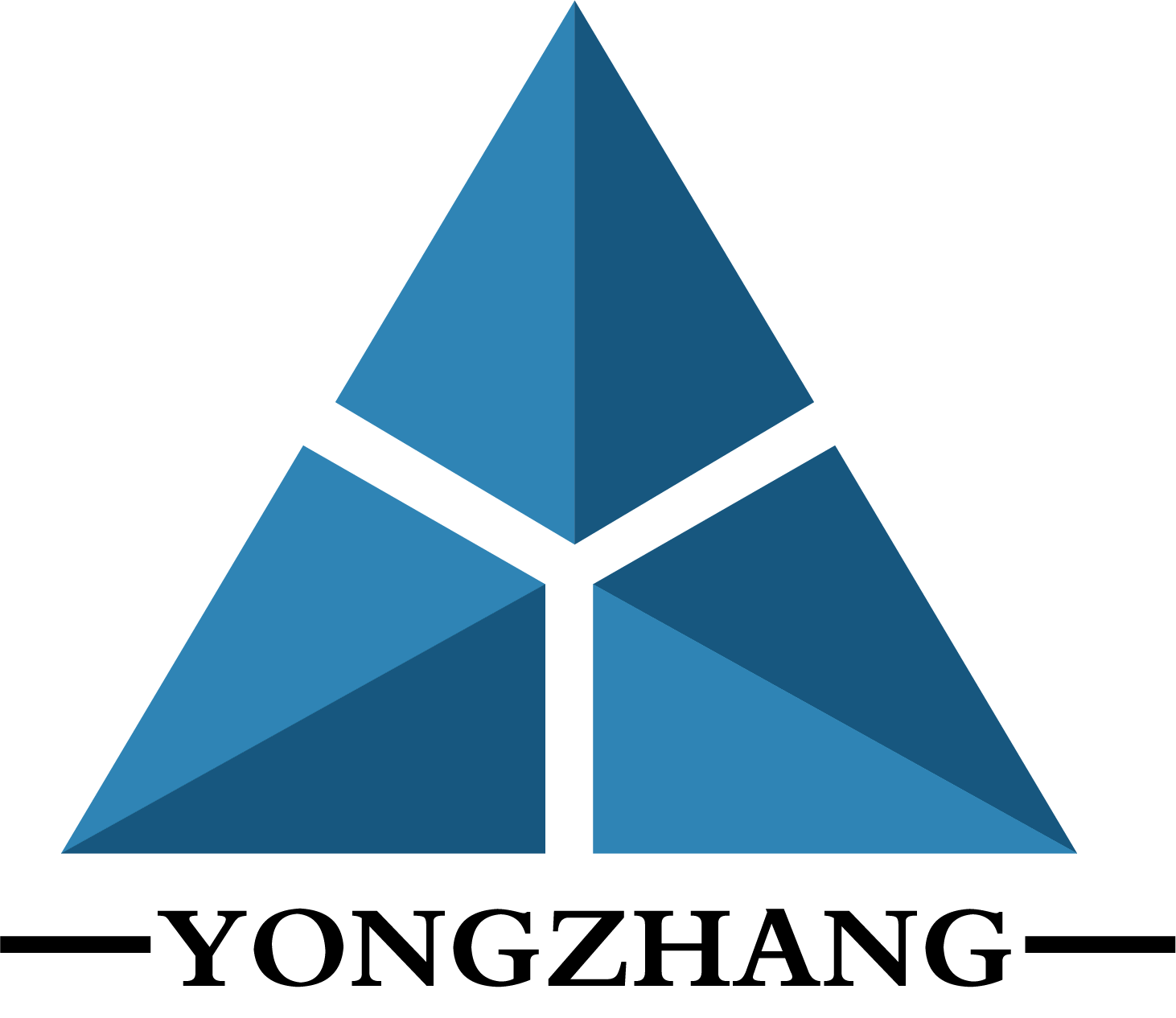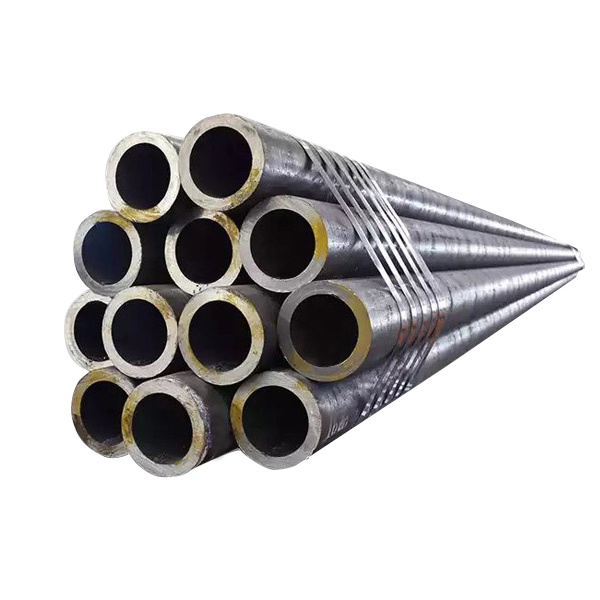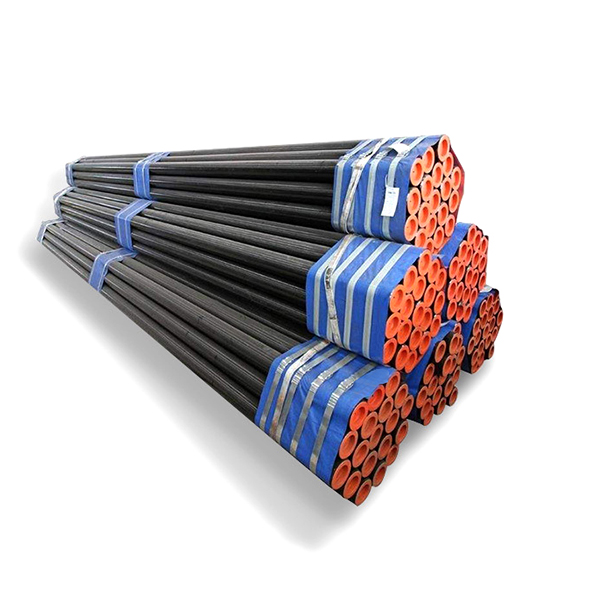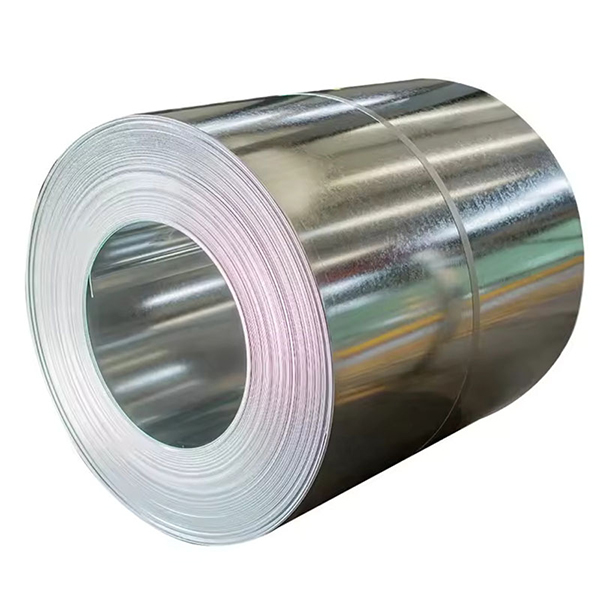What role do transverse ribbed steel bars play in construction?
The textured steel bars frequently used in construction are usually called ribbed steel bars, and the threaded parts on the steel bars are called cross ribs. There are various types of cross ribs in the building materials market. The most commonly used ones in house construction are spiral ones, and there are also crescent-shaped and herringbone ones.
The raised transverse ribs on the reinforcing bars can enhance the bond between the concrete and the reinforcing bars more firmly, ensuring good bonding performance between the reinforcing bars and the concrete. Better stress transmission, simply put, is to enable the steel bars and concrete to work in better coordination and jointly withstand external forces.
In wall construction, transverse reinforcing bars are an important material for reinforcing and supporting the load-bearing capacity of the wall. Its functions mainly include the following three points:
1. Enhance wall strength: Transverse and longitudinal reinforcing bars together form the framework structure of the wall, which can effectively increase the wall's strength and seismic resistance. Especially in high-rise buildings, the walls bear greater weight and vibration pressure, and more transverse reinforcing bars need to be used to ensure the stability and safety of the walls.
2. Stabilize the wall structure: The stability of a wall is closely related to its structure. The presence of transverse reinforcing bars can ensure the overall stability of the wall. At the same time, the transverse reinforcing bars can also play a role in locking the wall, making the wall more solid and less likely to deform due to external impacts.
3. Preventing the formation of cracks: The presence of transverse reinforcing bars can also prevent cracks from appearing on the wall surface. When external forces act on the wall, the transverse reinforcing bars can bear part of the force and reduce the pressure on the longitudinal reinforcing bars, thereby preventing damage to the wall surface and the occurrence of cracks.
When concrete and steel bars are poured together, the threads on the steel bars can increase the contact area between the concrete and the steel bars, thereby increasing the friction force and making the bond between the steel bars and the concrete stronger. As a result, the building will exert better compressive strength and bending resistance, effectively avoiding the risk of building collapse during an earthquake.





